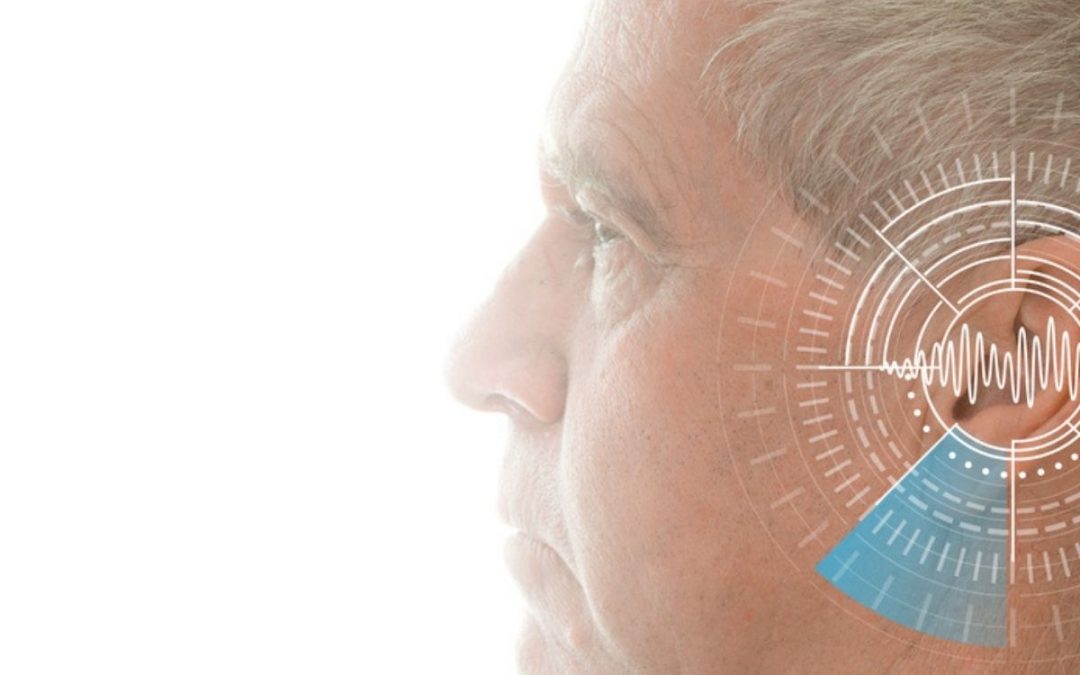We all generally know about Hearing Aids which can be a tremendous aid both physically and psychologically for certain patients. Assistive Listening Systems, also known as assistive listening devices are less commonly known and yet they can be of considerable value.
Various Types of Hearing Aids
- One method of categorizing the different types of Hearing Aids is by where they are worn; either behind the ear or in the ear. Because of a lack of dexterity in the elderly, behind the ear Hearing Aids are easier for the participants and residents to put on and take off.
- A second method is whether it is analog or digital. Analog and digital Hearing Aids both take sounds and make them louder. Digital Hearing Aids are more hi-tech and allow the user to have more control over which sounds they want to hear and are generally recommended.
- A third method of distinguishing the type of Hearing Aids is the type/size of the battery. Larger Hearing Aids need larger batteries and smaller Hearing Aids need smaller batteries. Smaller batteries do not last as long because their size restricts the amount of power stored in them. Based on using a Hearing Aid for 16 hours a day, a smaller battery will last from 3- 7 days and a larger battery from 9- 20 days.
- A fourth method relates to the manufacturer and the quality of their Hearing Aid and post-sales support. There are approximately 20 manufacturers. There are well-respected Hearing Aid companies such as Siemens (now Signia) to relatively new hi-tech hearing aid companies. Choosing which Hearing Aid is best for the patient is a decision made by an Audiologist based the patient’s auditory condition.
- A fifth method is the extensive list of technical innovations enhancing the functioning of the Hearing Aids that may or may not be offered by a manufacturer. For example, one innovation would allow the user to increase the filtering of background noise. These innovations result in increases in cost.
How do the Assistive Listening Systems (ALS) differ from Hearing Aids?

- An ALS can be used by people with all degrees of hearing loss, whether they have Hearing Aids or not. It helps address listening challenges in three ways: minimizing background noise, reducing the effect of distance, and overriding poor acoustics such as an echo.
- Sometimes Hearing Aids have performance limitations and do not work well in all situations. ALS’s are known to commonly extend their reach and increase their effectiveness.
- ALS’s utilize radio broadcast technology, light-based technology or an electromagnetic field to deliver sound. All three technologies have their benefits and limitations but are simple to use.
- One of the several types of ALS is a “pocket type” as the unit is small and can fit in a participant or resident’s pocket. It has a built-in microphone and adjustable tone and volume. It works on batteries. A thin cord goes from the unit to the user’s ear. There is an optional cord that could go to a TV or radio. The user will hear conversations better and when watching TV, it allows the TV sound to be kept low for others’ benefit.
Solution
Whether a Hearing Aid and/or an ALS should be used can be determined in a scientific manner through the hi-tech testing instruments the Audiologist will bring into your facility through the Comprehensive Mobile Care audiology program.
SOURCES: https://nad.org/issues/technology/assistive-listening/systems-and-devices
